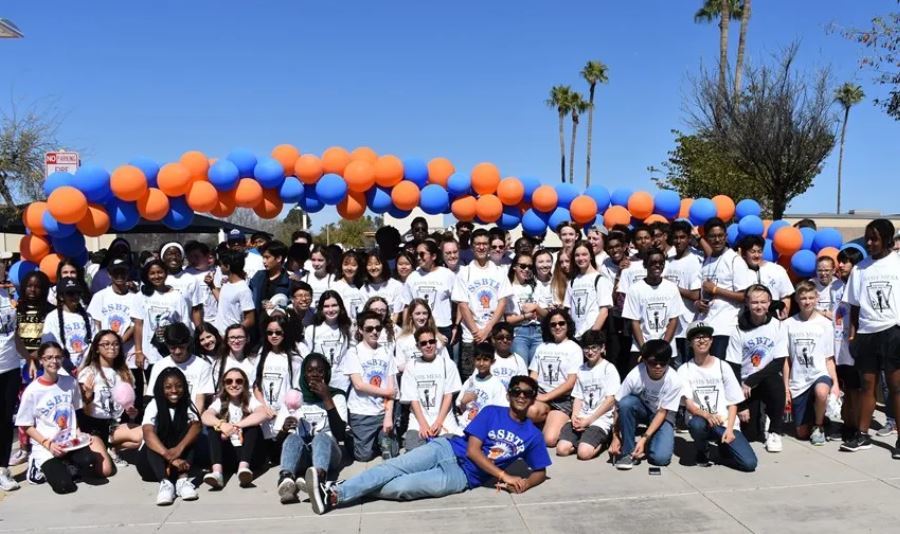
Ivy Blog
Teenager’s brain tumor inspires decades of student support to find a cure
- January 22, 2024
- Ivy Center
- Posted in Patient Support
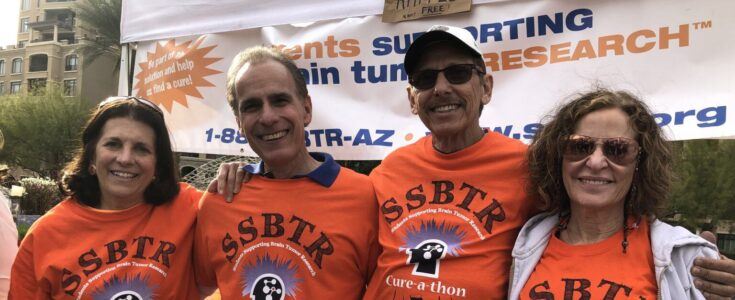
Wendy and Marty Kaye have dedicated more than two decades of service to the Students Supporting Brain Tumor Research organization. This commitment fulfills a promise Marty and Wendy made to their daughter Lauren in her final days. In 2002, Lauren succumbed to a brain tumor.
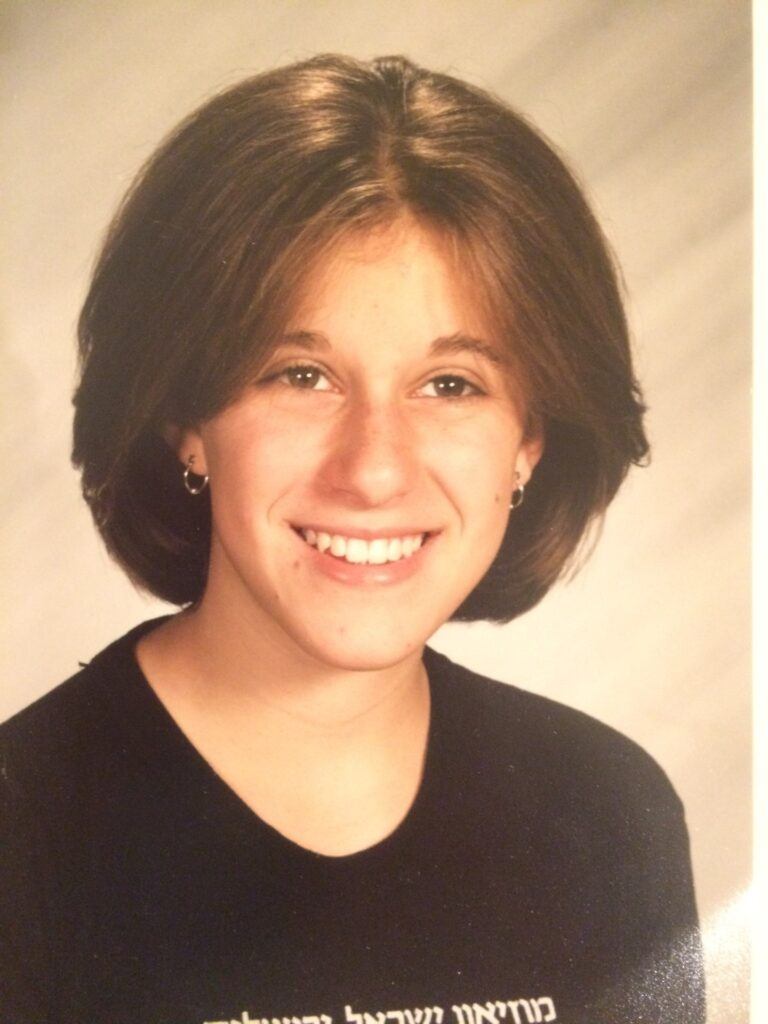
Lauren was 15 when she started experiencing unrelenting ear pain, then headaches and nausea. Wendy was relieved when doctors told her not to worry about it, but she had a nagging feeling that it was something more. Lauren told her mom she thought she had a brain tumor. She was right.
An MRI revealed a chordoma brain tumor at the base of Lauren’s skull. She had brain surgery to remove the tumor and began proton treatment in California. Those efforts were no match for the brain tumor. Lauren passed away only 17 months later.
In her final days, Lauren asked her parents to find a cure so no one else would have to experience the devastation of a brain tumor.
“So we decided to devote ourselves to this cause,” Marty says.
As physicians – both Wendy and Marty are pediatricians – they realized how little they knew about brain tumors. They were shocked to learn that brain cancer is one of the leading causes of death for teenagers, that relatively little progress has been made in survival rates over the past 30 years and that funding for brain cancer research is far behind other cancers.
In 2023, an estimated 11,660 new cases of primary brain tumors were expected to be diagnosed in adolescents and young adults, those aged 15-391.
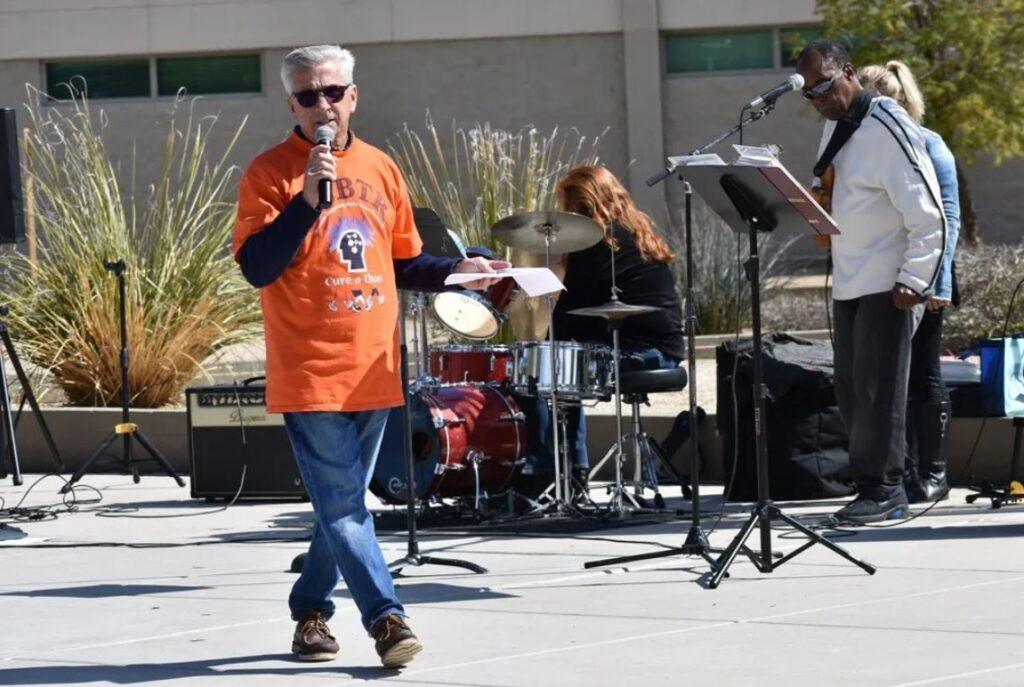
Lauren passed away around the same time two other local high school students passed away from brain tumors. The community was reeling from the losses. In an effort to take action, Steve Glassman, the student council advisor at Pinnacle High School at the time, gathered some students to create an organization dedicated to brain tumor research. Steve witnessed an 18-year-old family friend fight a brain tumor and ultimately pass away. Steve was determined to do something about it.
The group joined forces with the Kayes, designating Wendy as the group’s president, a role she still holds, and Students Supporting Brain Tumor Research or SSBTR was up and running.
“Marty and Wendy have been my right and left arm since they came on board,” Steve says. “I couldn’t do what I set out to do without them.”
Steve, together with the Kayes, still leads SSBTR and he’s confident their efforts to raise funds for brain cancer research will lead to a cure. When that day comes, Steve hopes the students feel proud of their role in helping to find a cure.
Students Supporting Brain Tumor Research
Today, SSBTR is the largest student-run nonprofit organization in the state of Arizona. The group holds fundraising events to benefit brain tumor research centers, including the Ivy Brain Tumor Center at Barrow Neurological Institute. SSBTR has been supporting the Ivy Center and Barrow for 20 years and has donated $877,000 in total for brain tumor research.
Ninety-six percent of every dollar raised goes directly to institutions to fund brain cancer research. Most students who volunteer in the group are interested in careers in medicine, science, nonprofit and business management and event planning. The group offers students educational and career opportunities, like laboratory tours, presentations from leading scientists and the chance to attend a live brain surgery at Barrow.
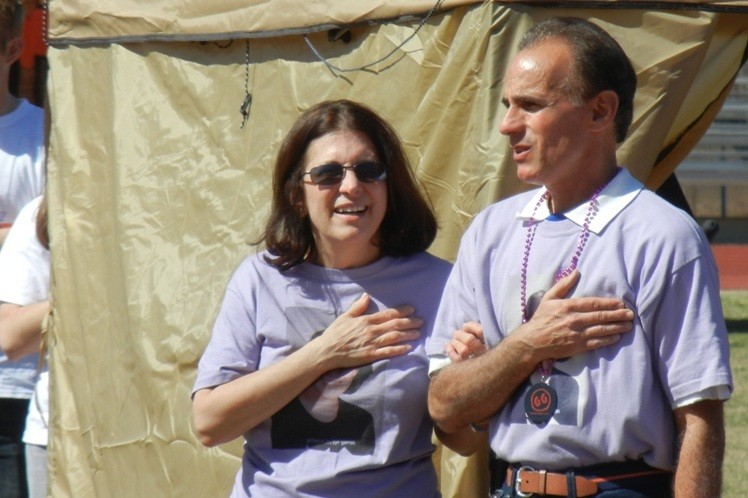
“Working together with Barrow and Ivy and other beneficiaries, local corporations and community helpers, and other affected individuals and their families, we’ve all been banding together to get this thing to grow and it’s grown astronomically,” Marty says. “It’s really rewarding to see how by empowering young people to run an organization like this, what they can accomplish. It’s sometimes staggering to see the progress.”
Wendy, Marty and Steve offer students mentorship and guidance. The students take leadership roles, set goals for the organization and do the bulk of the work. They also provide the adults advice on technological upgrades and social media participation, making it a mutual learning experience for everyone, Wendy says.
“The students have a big stake in the organization,” she says. “We respect their input.”
Walk to Find a Cure
Past SSBTR members often stay involved with the group after graduation, returning for events and fundraisers. Wendy says members report back that the program changed the trajectory of their lives.
SSBTR meets monthly and is open to all high school students around Arizona. Their signature event, the Cure-A-Thon, is a carnival-like festival that invites participants to walk the courtyard, enjoy live music and bid in a silent auction. The group’s first Cure-A-Thon raised $7,500. To date, SSBTR has raised more than $4.2 million for brain tumor research.
Since 2002 and the formation of SSBTR, breakthroughs have been made in brain cancer research and treatment, though the Kayes agree that much more is needed, in Lauren’s memory and for all brain tumor patients.
The 23rd Annual Cure-A-Thon is Saturday, February 24, at 11:30 a.m. at Saguaro High School, 6250 N. 82nd Street in Scottsdale.
